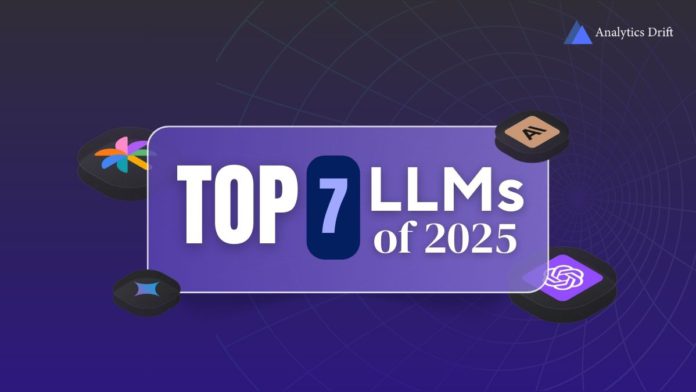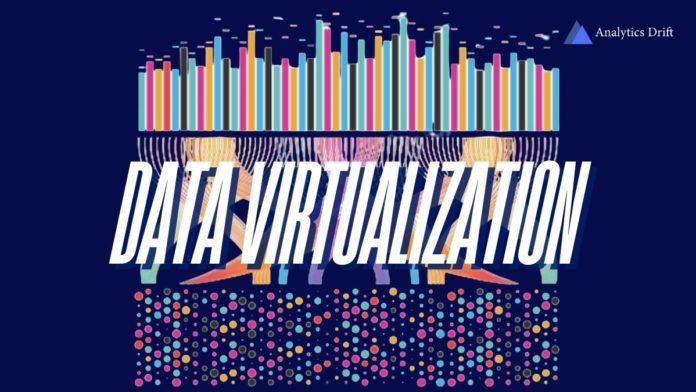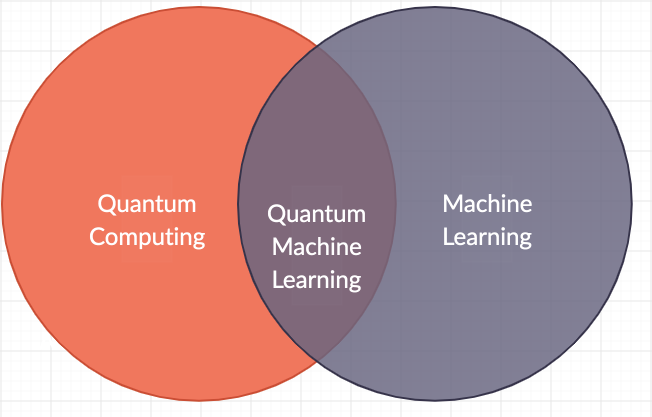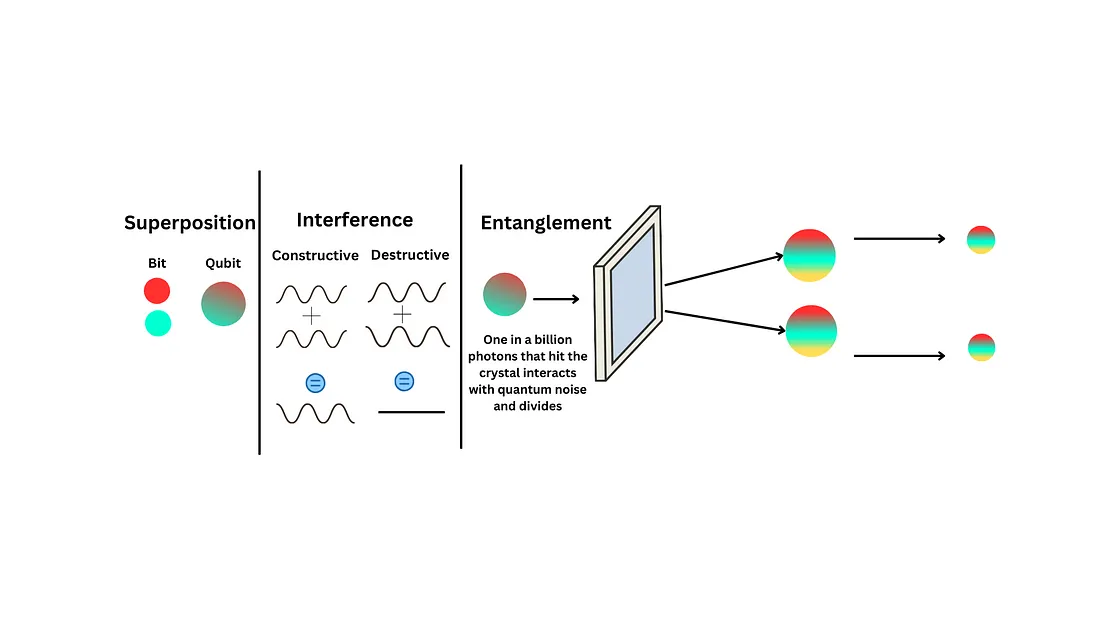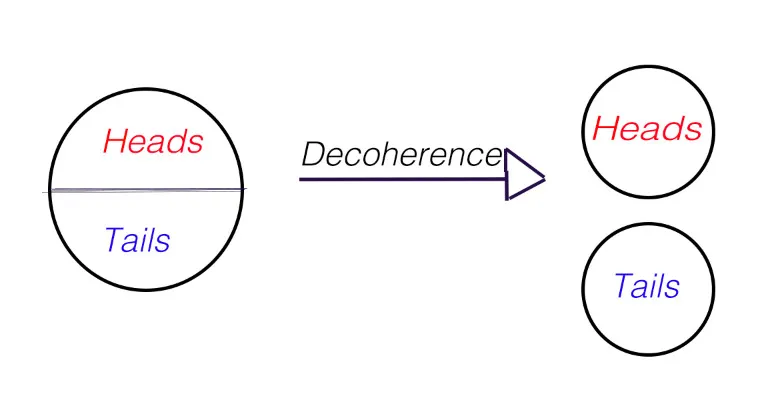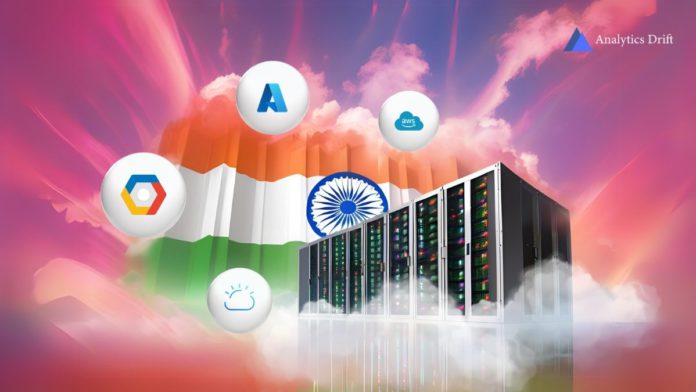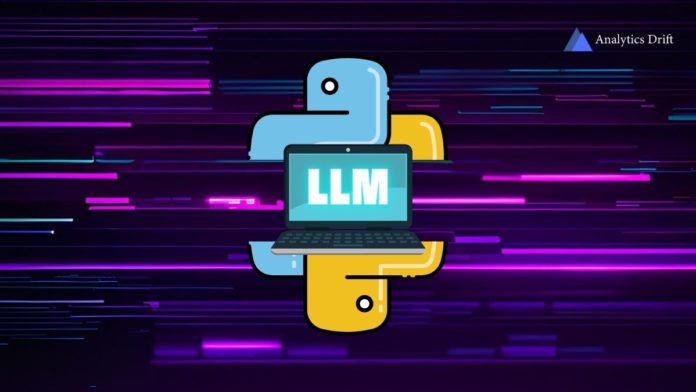Language is critical for something as simple as sharing ideas and thoughts to exploring complex concepts through structured words. With accelerating AI advancements, Large Language Models (LLMs) serve a similar purpose by serving as foundational algorithms for human-machine communication.
These models are engineered to understand and generate human language with contextual accuracy. By leveraging large datasets and advanced algorithms, LLMs make communication between machines and humans more efficient. These models promote innovation across diverse fields by enhancing efficiency and enabling new possibilities.
In this article, you will learn about the concept of LLM models, how they work, their practical applications, and future possibilities.
What Are LLMs?
Large Language Models (LLMs) are advanced AI systems programmed with techniques like deep learning to perform natural language processing (NLP) tasks. LLMs are capable of understanding context and generating coherent, contextually relevant responses. These systems use transformer models and are trained on large datasets, enabling them to recognize, translate, predict, and develop content, text, or other.
LLMs can analyze billions of parameters, enabling them to capture complex data patterns and perform a wide range of language-related tasks. These tasks include conversational responses, creative writing, and code generation. Some examples of LLM models include Open AI’s GPT-3, GPT-4, Google’s BERT, and Meta’s Llama Models.
How Does an LLM Model Work?
LLMs are based on a unique structure called transformer architecture. This architecture allows an LLM to process data in two steps:
- Tokenization: The first step involves breaking the input query into smaller units called tokens. These tokens represent either entire words or parts of words.
- Correlation Analysis: In the second step, mathematical equations are applied to determine relationships between tokens. This helps the model recognize patterns that a human might find from the same input.
During the training stage, LLMs train from a large amount of text, which allows them to grasp the nuances of grammar, syntax, and context. Tokens are converted into numerical representations known as embeddings, which are processed by a transformer neural network.
The transformer uses attention mechanisms to focus on specific parts of the input data. These mechanisms enable the LLM model to capture complex relationships within the text, amplifying its understanding of context and meaning.
After you train the LLM model, it can predict the next word based on the received input and generate new text.
Why Are LLMs Becoming Important?
LLMs have been demonstrating their ability to generate meaningful output from minimal input. These models can adapt to various contexts, making them valuable for dynamic environments where language and communication styles shift rapidly.
The advancement of LLMs is transforming communication across industries by powering virtual assistants and automating content creation. LLMs are also refining how humans interact with technology, improving productivity and personalization in technology-driven environments for enhanced user experiences.
What Are Different Types of LLMs?
There are many different types of LLMs. Each model has a distinct architecture, training methods, and applications. Here are some of the primary types:
Autoregressive LLM Models
An autoregressive LLM model generates text by predicting the next word in a sequence, one word at a time, based on the preceding words. These models process text from left to right. This sequential approach enables the models to produce coherent and contextually accurate responses to input queries.
One of the most prominent examples is Open AI’s GPT. It generates human-like text by predicting one token at a time. The GPT model uses natural language processing techniques to provide you with human-like responses. For example, you can enter a prompt asking GPT to write captions for your social media, and it will provide you with relevant content.
Seq2Seq (Sequence-to-Sequence) Models
A Seq2Seq model is optimized for tasks that involve transforming one sequence into another, such as language translation, summarization, or question-answering.
These models use an encoder to process the input sequence and condense its meaning. Following this, a decoder helps generate the output sequence based on the encoded information. They can manage the context over entire sequences, making them suitable for applications requiring precise sequence transformation.
For example, Google Translate uses a Seq2Seq model to translate text between languages. The encoder processes the sentence in the source language and condenses its meaning. Then, the decoder uses the encoded information to produce coherent sentences in the target language.
BERT Models
Bidirectional Encoder Representations from Transformers (BERT) models are trained to understand the context by analyzing words before and after a given word in a sentence. This bidirectional approach allows the model to capture the nuances of language, making it practical for tasks requiring a deep contextual understanding, such as search engines.
For example, in a search query like, “What are the benefits of exercise for mental health?” a BERT-based search engine interprets the relationships between words in the sentence. This makes the model understand the information the user seeks and then provides relevant search results.
Domain Specific Models
Domain-specific LLMs are trained on specialized datasets focused on particular fields such as healthcare, law, or finance. The targeted training enables the model to perform well in industry-specific applications by understanding terminology and context relevant to those domains.
An example of domain-specific LLM is ClinicalBERT, which is trained on clinical notes and electronic health records. This model enhances its understanding of medical terminology and patient care context. As a result, ClinicalBERT is useful in various healthcare applications, such as summarizing patient records and clinical decision-making.
Multimodal Models
Multimodal LLMs are advanced machine-learning models that are trained and fine-tuned on diverse datasets, including text, images, audio, and video. This provides AI with the capability to understand various sensory data types, offering you the flexibility to generate outputs in different formats.
For example, Google offers a multimodal model, Gemini, that can analyze an image of a dish and generate a detailed recipe as a response.
What Are LLMs Used For?
LLMs are becoming more versatile and can be applied across various tasks and industries. Here are some of the applications:
- Text Generation: LLMs can generate human-like text. You can ask these models to write emails, blog posts, or other content forms by providing a prompt. They analyze and process the input prompt and provide the most appropriate outcome.
- Summarization: You can utilize LLMs to summarize your extensive content. For example, you provide the model with lengthy articles, reports, or documents and instruct the model to summarize this data. The model can also identify and extract essential points from the text, providing you with structured insights to grasp key information quickly.
- Code Generation: LLMs can be optimized for code-related tasks. These models can assist you in building applications, finding and debugging errors, and even translating code between different programming languages for better understanding.
- Sentiment Analysis: Beyond simple keyword analysis, LLMs can help you understand the context and sentiment of a given text. For example, students can use LLMs to comprehend complex medical terms or historical texts. Businesses can also analyze customer feedback or social media posts to gauge sentiment and improve decision-making.
What Are the Advantages of LLMs?
- Flexibility: LLMs are capable of performing various tasks, including answering questions, summarizing content, translating text, and generating code. You can use a single model for multiple applications to streamline processes and reduce complexity.
- Extensibility: By fine-tuning your LLM model for task-specific purposes, it can meet your organization’s unique needs. For instance, you can train a model on medical terminology and clinical documents to assist doctors with charting or summarizing patient information.
- Performance: LLMs deliver rapid responses to input queries. This ability makes them valuable for real-time applications such as virtual assistants, chatbots, and customer service platforms. Such quick response time enhances overall user experience and productivity.
- Accuracy: LLMs are trained on extensive and diverse datasets. The training helps them deliver accurate results across various tasks, from generating content to analyzing complex information.
What Are the Limitations of LLMs?
- Development and Operational Costs: LLMs require vast amounts of data for training, which can be resource-intensive to collect and process. There is also the need for specialized hardware like GPUs or TPUs for efficient computation, increasing the costs further.
- Bias: LLMs are trained on large, unlabeled datasets gathered from diverse internet sources. These datasets may contain biases related to gender, race, etc., which the LLMs can inherit and reproduce. Bias removal during training isn’t always entirely effective.
- Ethical Concerns: LLMs are associated with several ethical concerns. These concerns primarily include data privacy of sensitive information or using LLMs to generate unethical content like fake news or impersonations. Bias or insufficient training can result in the generation of incorrect or misleading information, requiring constant monitoring and fact-checking.
What is the Future of LLMs?
The popularity of models like ChatGPT, Claude 2, and Llama shows the increasing interest in AI systems that interact with users in a human-like manner. LLMs hold exciting possibilities in the future as efforts are underway to make these models more innovative and reliable.
Currently, most LLMs are trained primarily on text data. However, researchers and developers are now exploring ways to train these models using audio, video, and other multimedia inputs. Learning from such inputs can help LLMs understand context more comprehensively and recognize tones, emotions, and visual elements. This expands their applications in areas like multimedia content generation, interactive entertainment, and real-time contextual analysis.
Conclusion
LLMs are demonstrating a significant advancement in the field of AI. These models are transforming the way machines interact with humans. LLMs’ ability to understand and generate human language makes them resourceful across industries. Common applications include customer service, content generation, and data analysis.
As LLMs continue to evolve, they offer more flexible solutions for tasks such as text generation, summarization, translation, and sentiment analysis.
FAQs
What is an example of an LLM?
LLMs can be of various types. Examples include text generation models like GPT, domain-specific models like ClinicalBERT (for healthcare applications), and virtual assistants like Amazon Alexa.
Is BERT a Large Language Model?
Yes, BERT is a large language model. Developed by Google, it is widely used for tasks like text classification, question answering, and contextual understanding.
Are LLMs part of Generative AI?
Yes, LLMs are a subset of Generative AI. They specialize in generating human-like responses using natural language, making them a crucial part of many generative AI applications.




